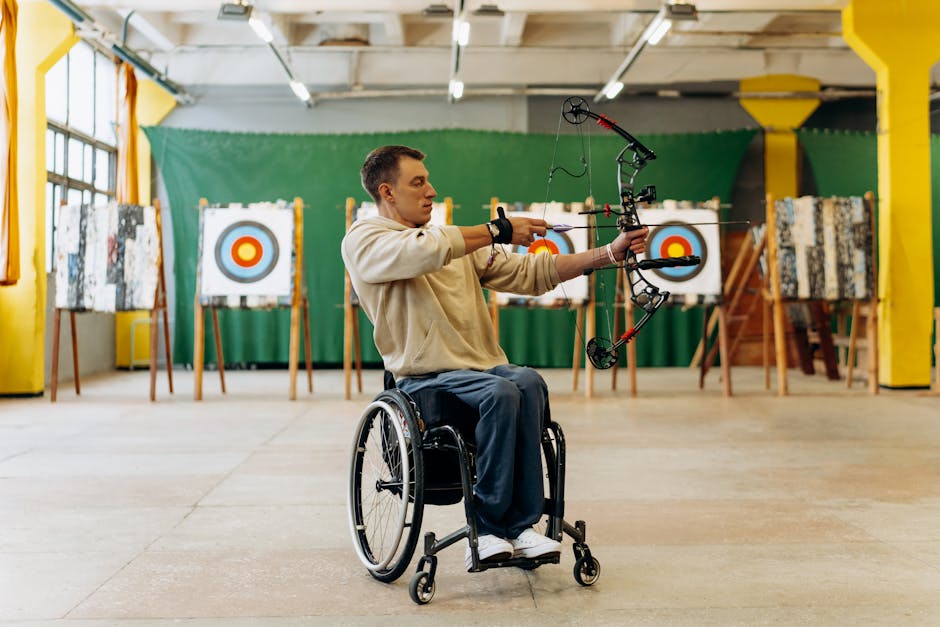Visual Puzzles
Visual puzzles are a fun way to challenge your brain and test your observation skills. Inset below, you will find two different kinds of visual puzzles that will put your mind to the test. Remember, the key to solving visual puzzles is to pay attention to details and think outside the box.
Puzzle 1: Spot the Difference
In the image below, you will see two similar pictures side by side. Your task is to carefully examine both images and identify the differences between them. Look for subtle changes in color, shape, or placement of objects. How many differences can you spot?
Puzzle 2: Rebus Puzzle
Below, you will find a rebus puzzle consisting of a series of images that represent words or phrases. Your job is to decipher the hidden message by interpreting each image. Think creatively and consider different meanings for each picture. Can you figure out what the rebus puzzle is trying to say?
Image 1: Image 2: Image 3: Image 4: Image 5:
Solving visual puzzles can be a rewarding and engaging activity that sharpens your cognitive skills. Take your time, observe carefully, and don’t be afraid to think outside the box. Have fun puzzling!



